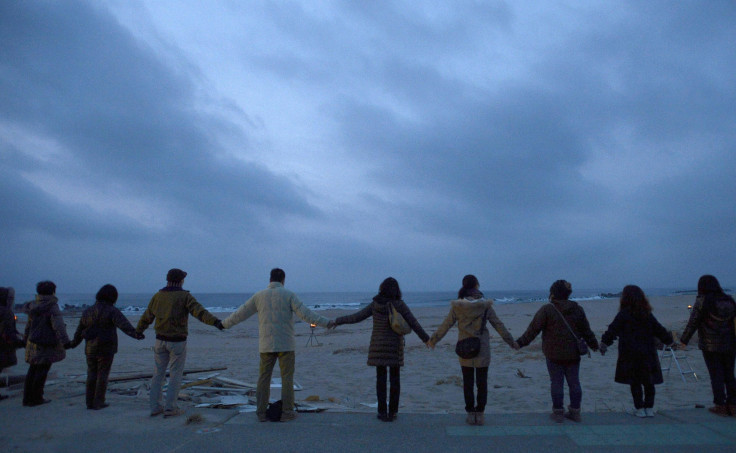Japan Tsunami Detritus Two Years Later: 1 Million Tons Of Partially Toxic Debris Closing In On US West Coast

Two and a half years after Japan’s devastating tsunami, the U.S. National Oceanic and Atmospheric Administration expects portions of debris from the disaster to reach U.S. and Canadian shores, the federal agency stated Friday on its website.
Data from NOAA, which did not issue an estimate of when the Texas-sized mass of partially toxic detritus will make landfall, indicates the debris field is roughtly between Honolulu and Seattle.
Japan’s Ministry of the Environment estimates that 5 million tons of debris washed into the ocean and "high windage items" may have reached the Pacific Northwest coast as early as winter the winter of 2011-2012.
NOAA estimates that about 1 million tons of debris is traveling slowly towards the West Coast, and biologists believe it has become home to a host of invasive species.
“For the past several months, the NOAA Marine Debris Program and federal, state, and local partners have been preparing contingency plans that will help protect our coastal communities, since the debris may be a hazard to natural resources, such as U.S. beaches, wildlife, marine sanctuaries and navigation,” NOAA said on its website. “These plans will guide local responses in case large, hazardous or unmanageable items need to be removed from U.S. shores.”
Right after the March 11, 2011, disaster, NOAA used a computer model to calculate the general direction and timing of where the debris might go.
A NOAA infographic shows results taken in September of debris reaching U.S. and Canada coasts.

© Copyright IBTimes 2025. All rights reserved.






















